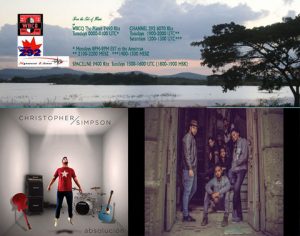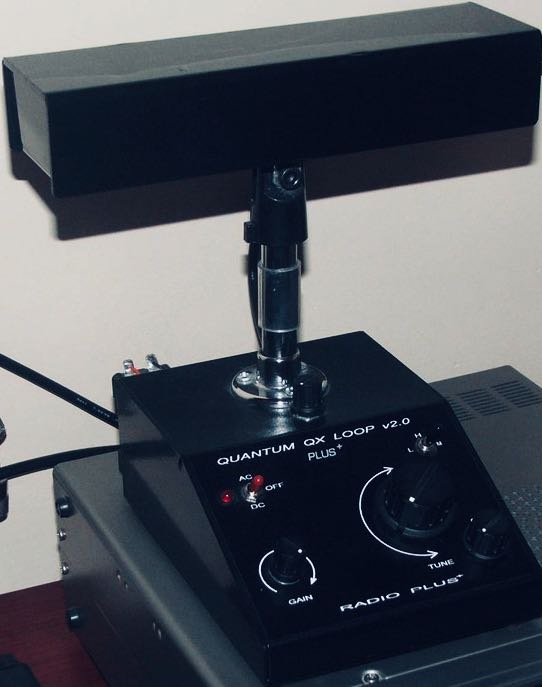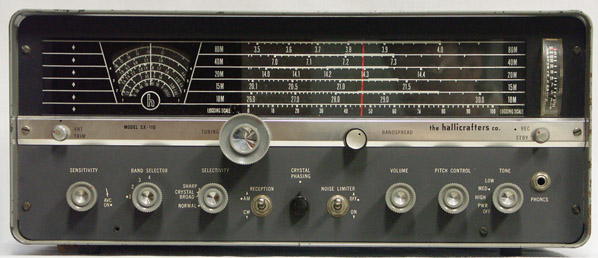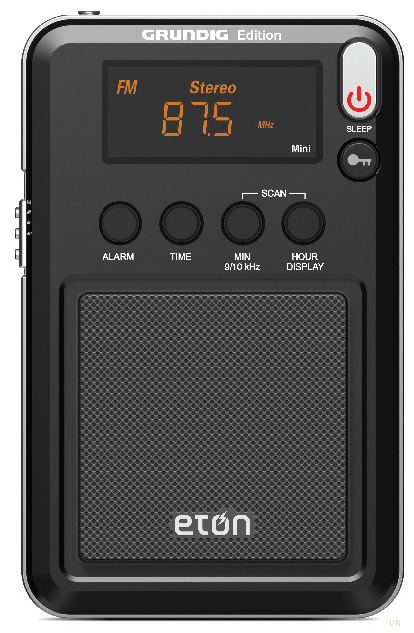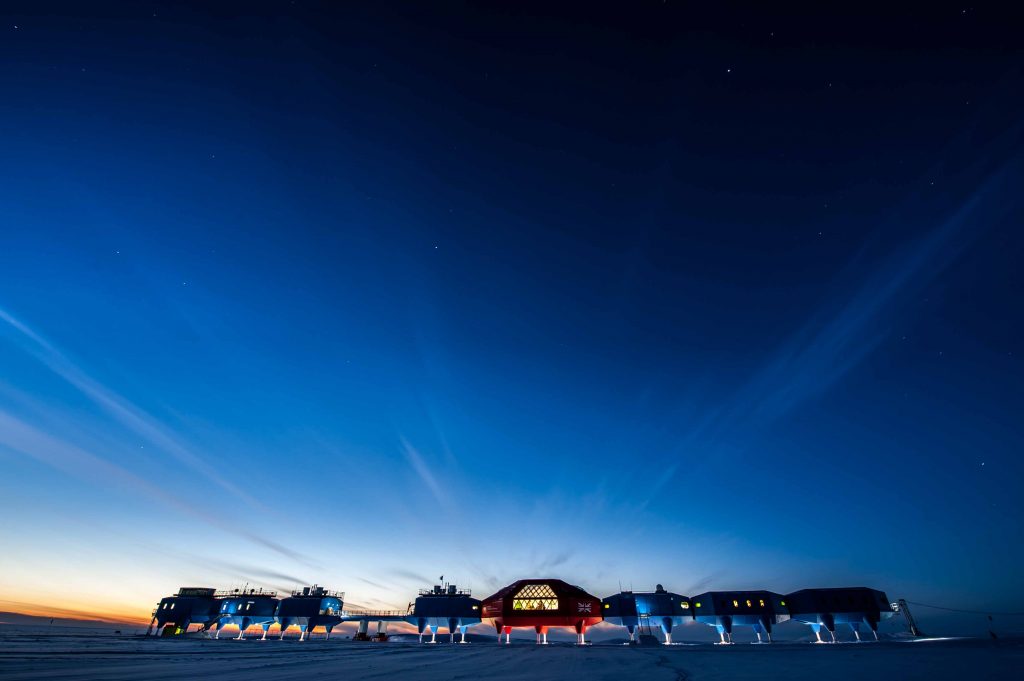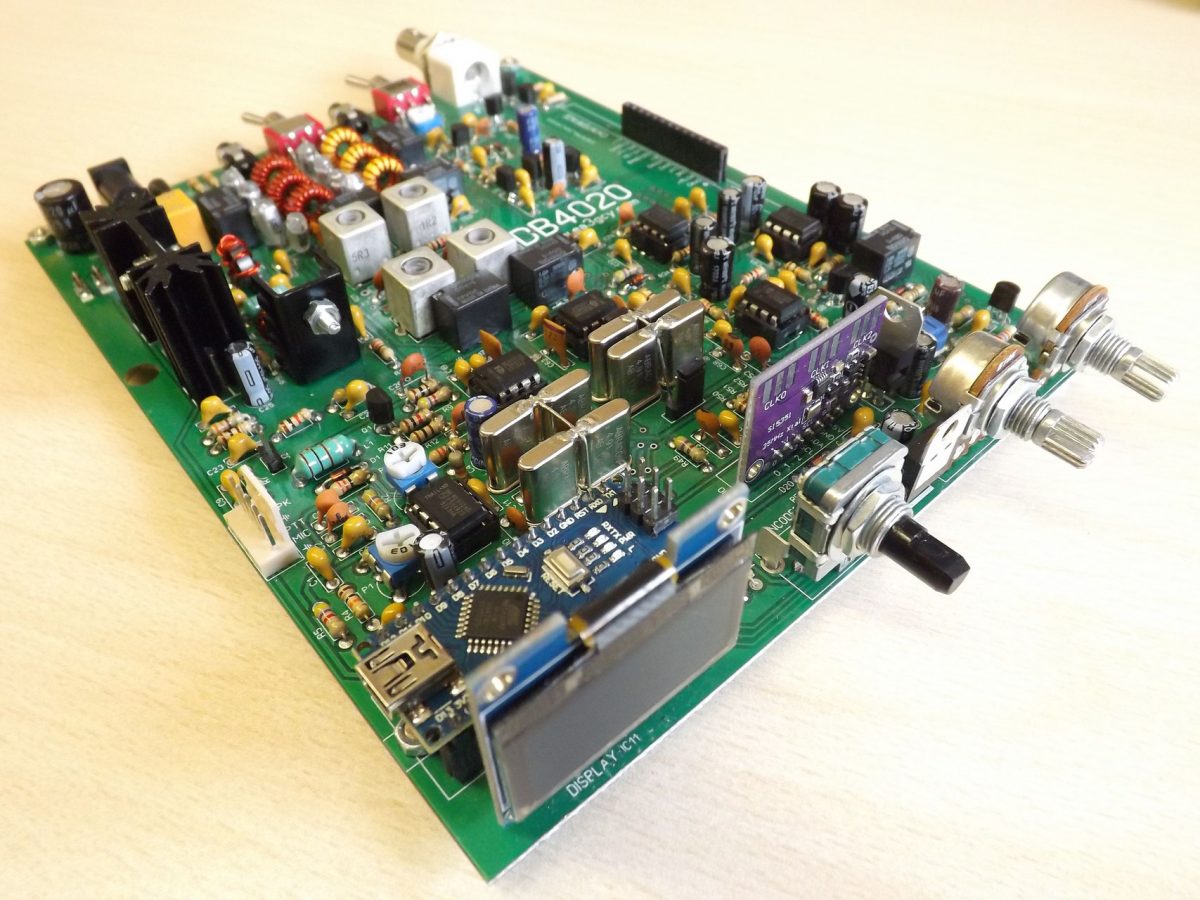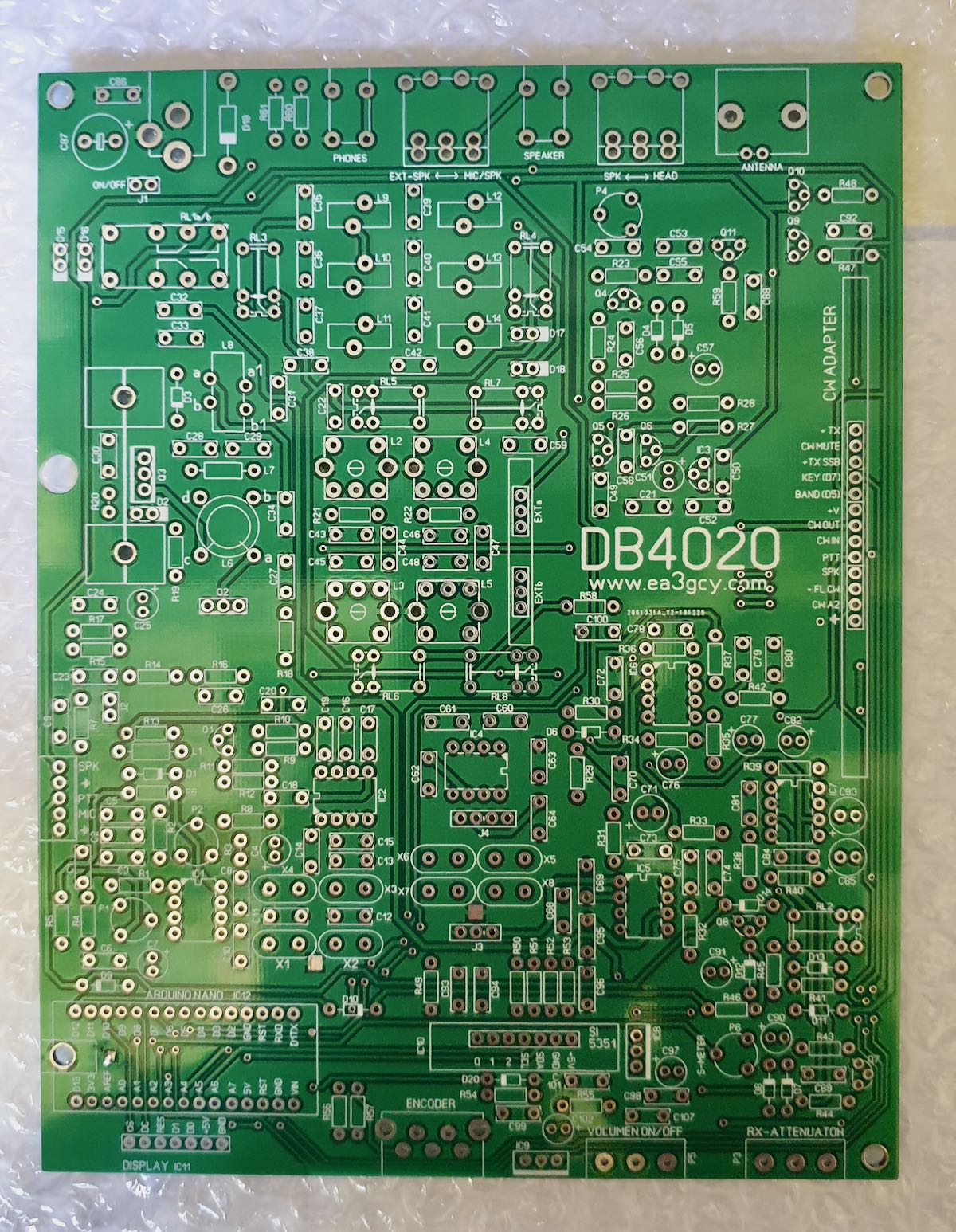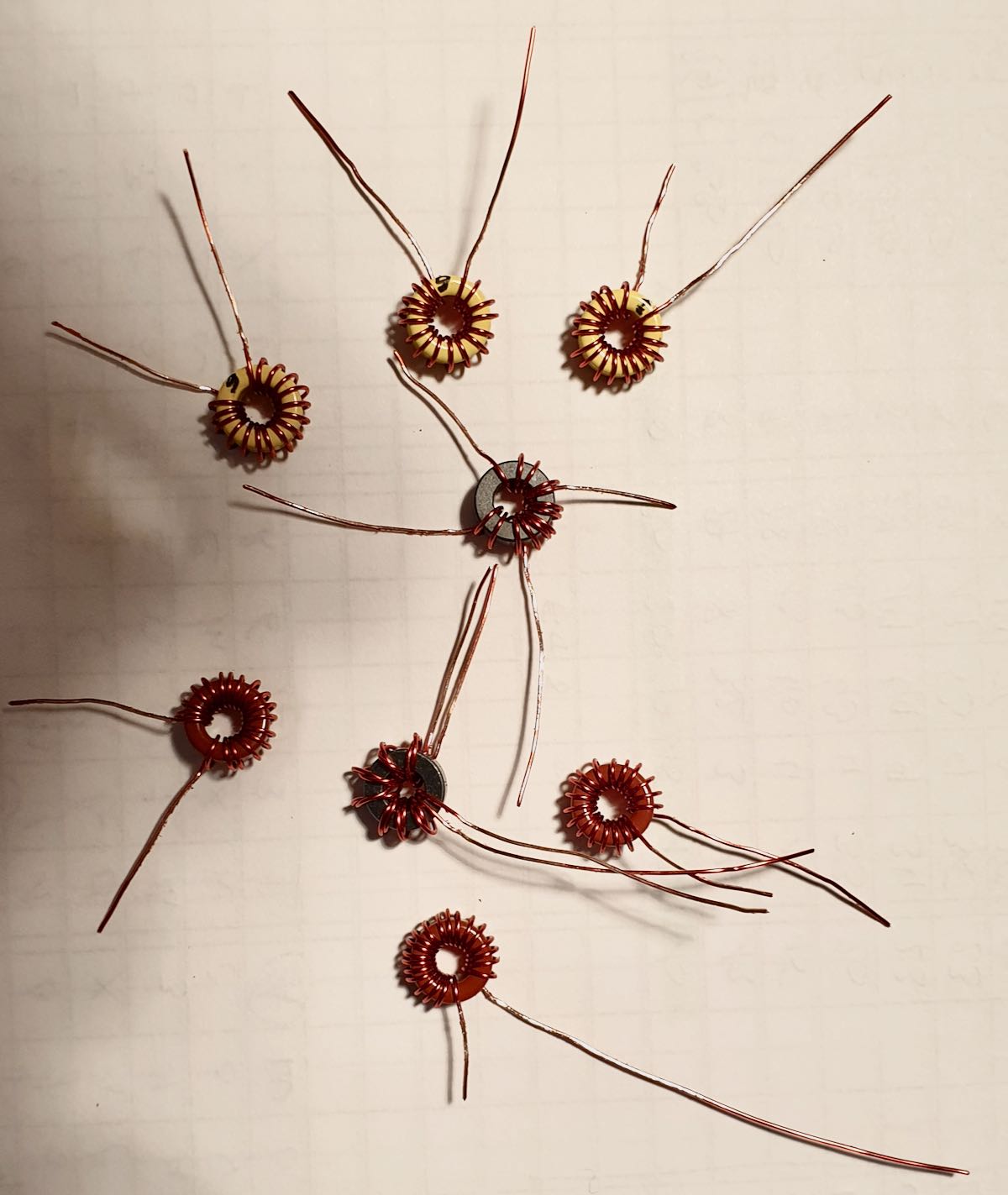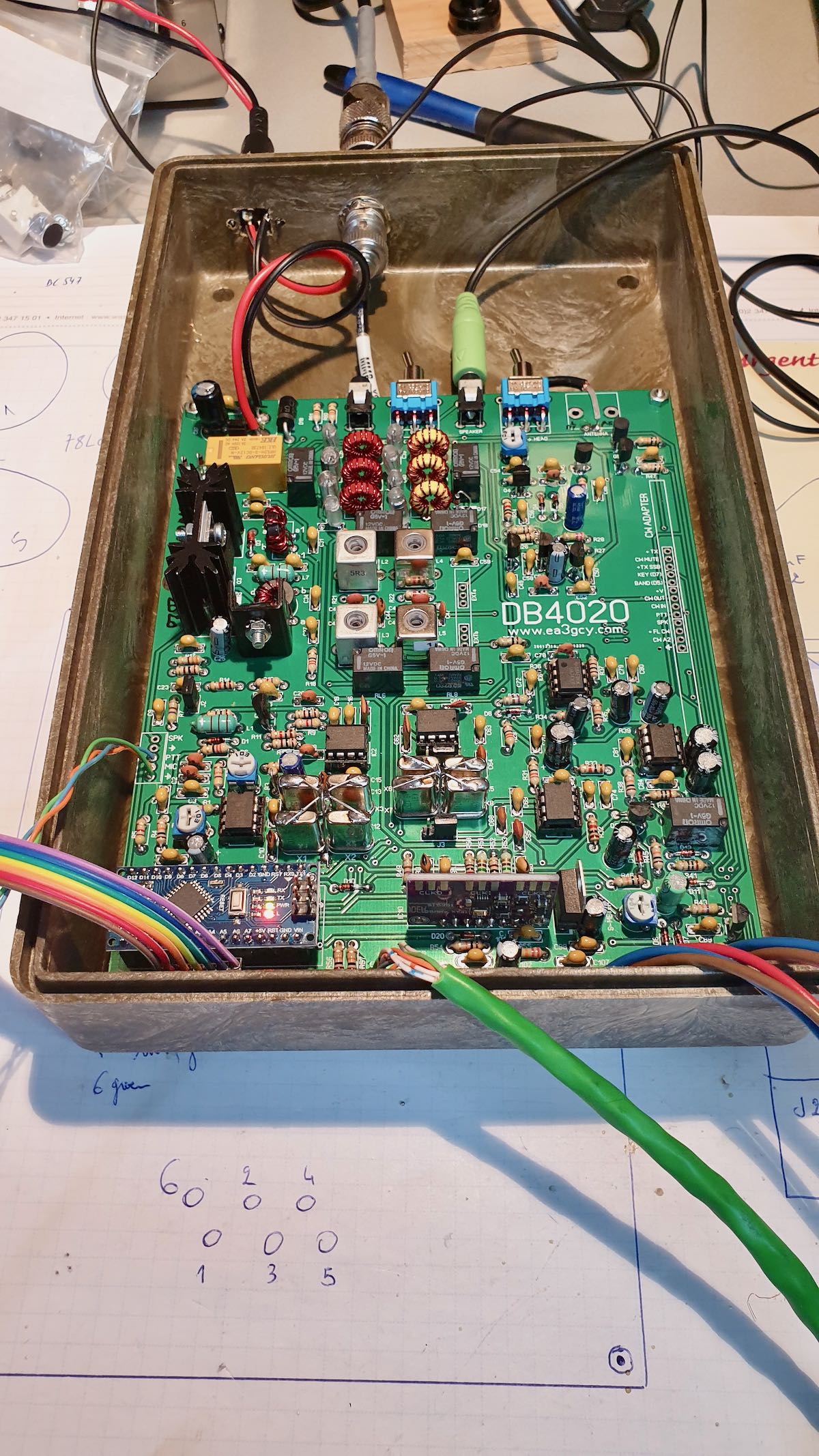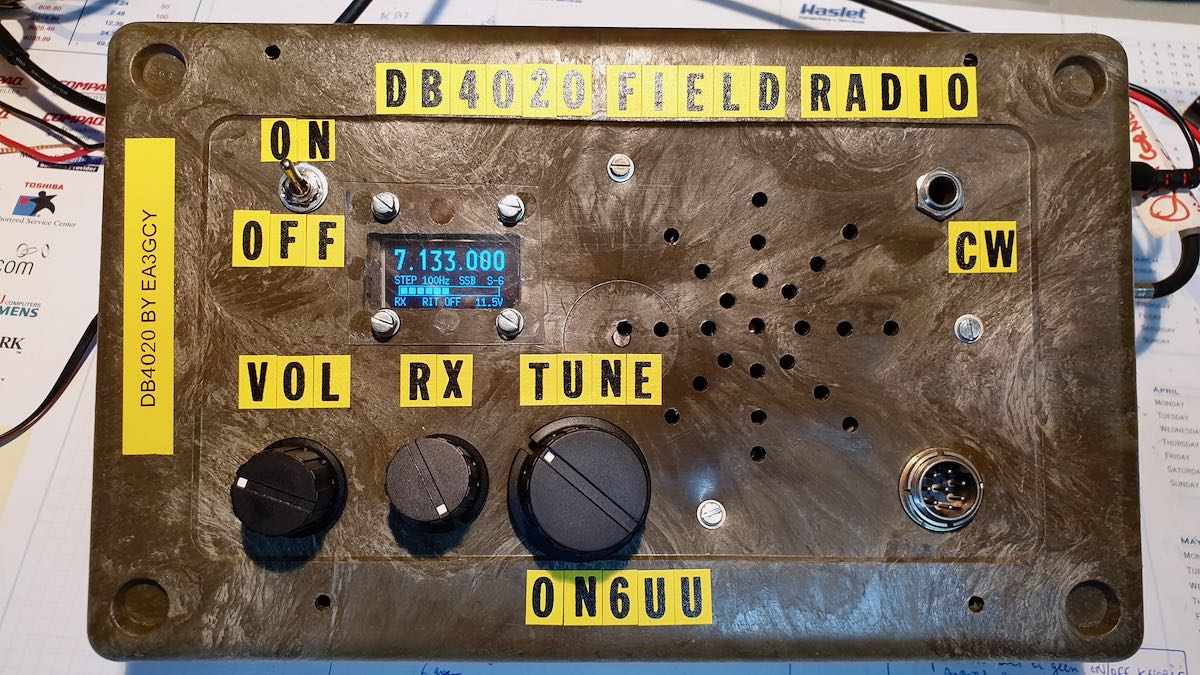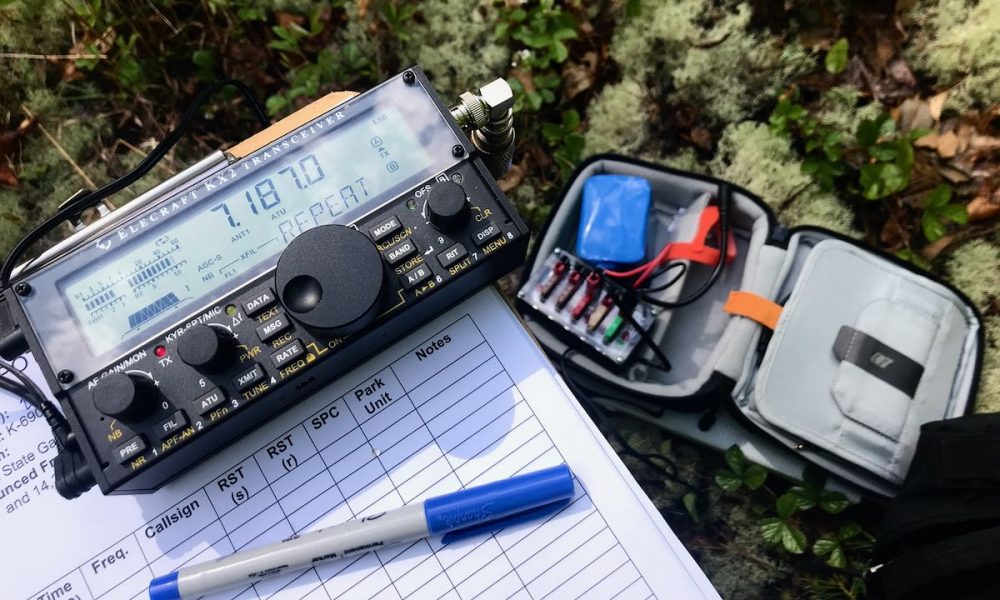
This past weekend my wife suggested that I do a Parks On The Air (POTA) activation. I think she wanted me out of the house so that she could prepare a birthday and Father’s day surprise with my daughters.
Of course, I happily obliged. My motto in French: “Profitez-en bien!” or “Make the most of it!”
Hazel (our dog) made it crystal clear she wanted to join me as well. She’s a great hiking companion and also watches out for black bears while I operate in the forest!
DuPont State Game Land (K-6902)
I decided to activate the DuPont State Game Land which was about a one hour drive from my house. Not only was it a new park for me, but it was also an ATNO (All-Time New One) for the POTA program.
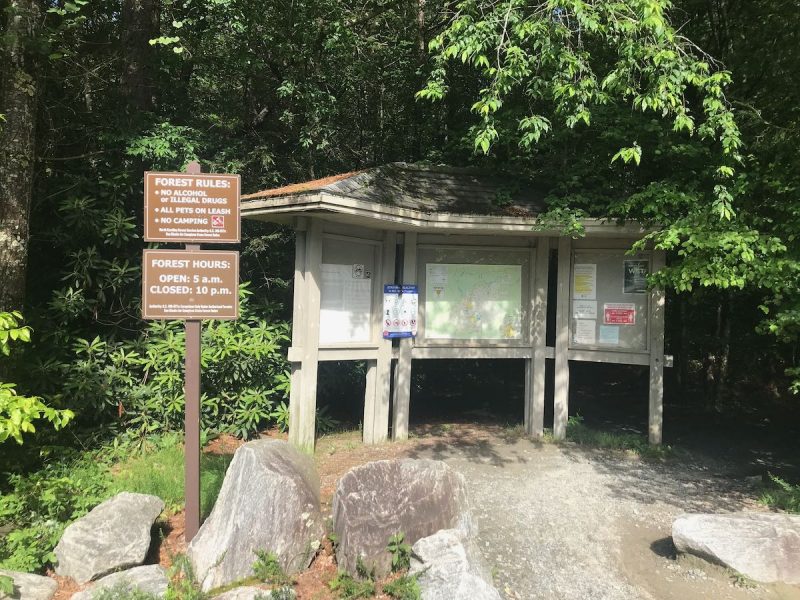
I arrived onsite around 10:15 AM local and the parking lot for the forest trail heads was already packed.
It was a gorgeous day and this part of the DuPont Forest is well-known as a great mountain biking spot. I was very lucky to find a place to park.
We’re still in full social distancing mode in North Carolina due to Covid-19, so I had no desire to be anywhere near other people. Hazel and I went off-trail and hiked in about 1/4 of a mile to a nice clearing.
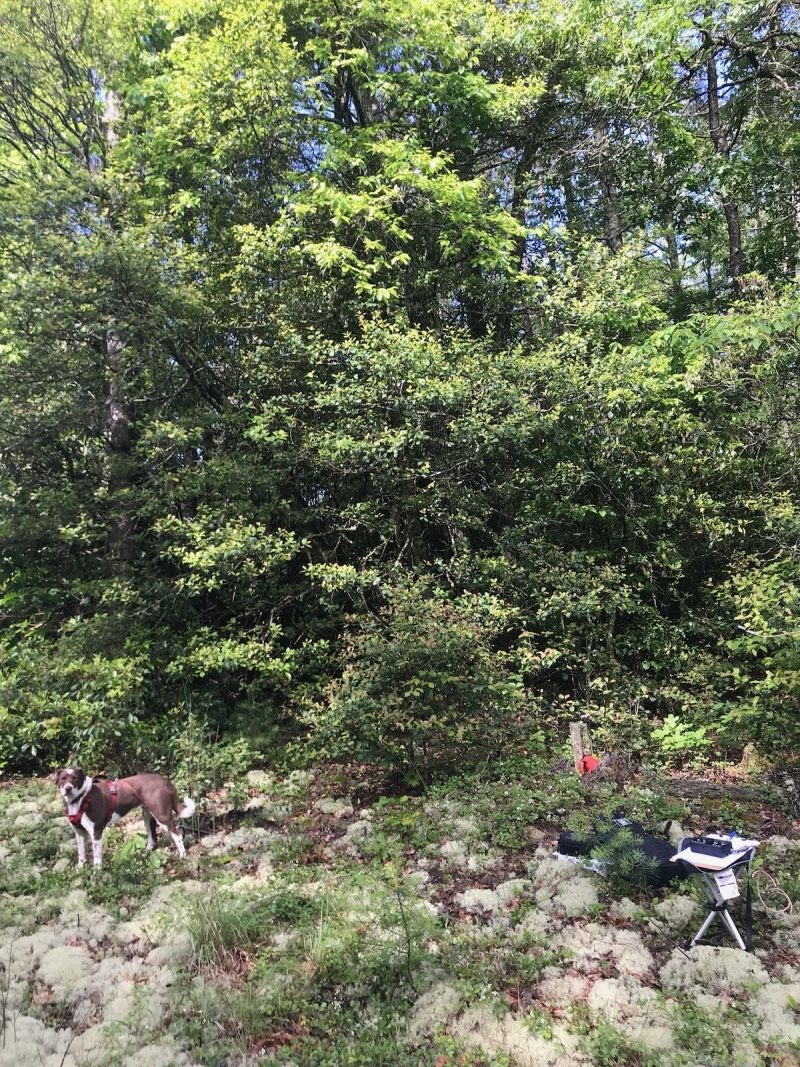 I set up the EFT Trail-Friendly end-fed antenna and operated with the Elecraft KX2.
I set up the EFT Trail-Friendly end-fed antenna and operated with the Elecraft KX2.
I called for quite some time before I was spotted in the POTA system. After being spotted, I quickly racked up more than the required 10 contacts for the activation to be considered valid.
Although the weather was amazing and my antenna deployment was near-ideal, the bands were rough and unstable, so it was challenging.
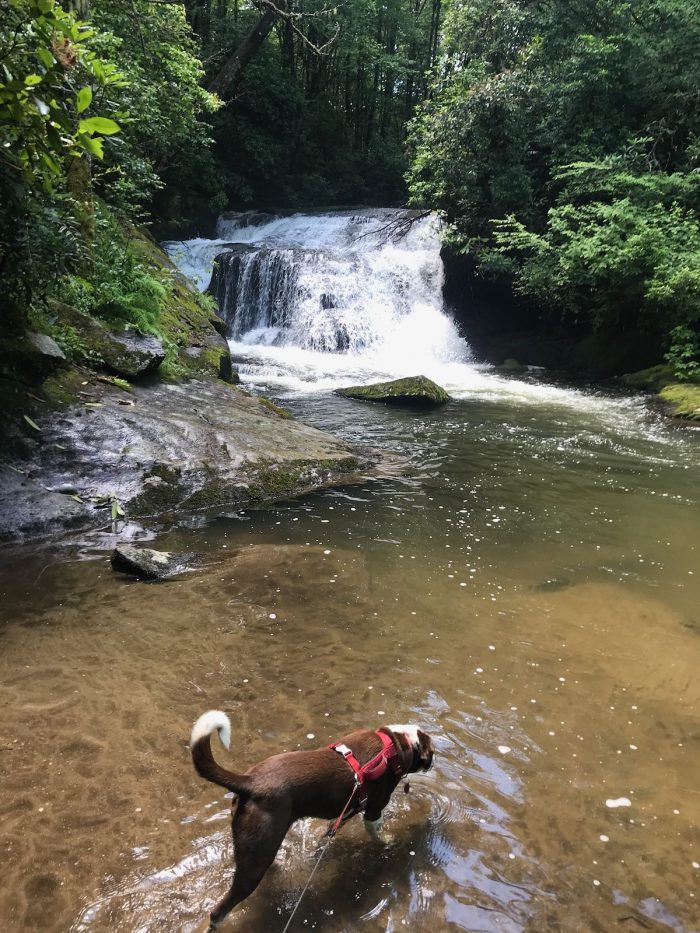
Hazel and I packed up, moved out, and made a detour to visit a waterfall near a site I hope to activate in the near future. Here’s a short video:
Kerr Scott State Game Land (K-6918)
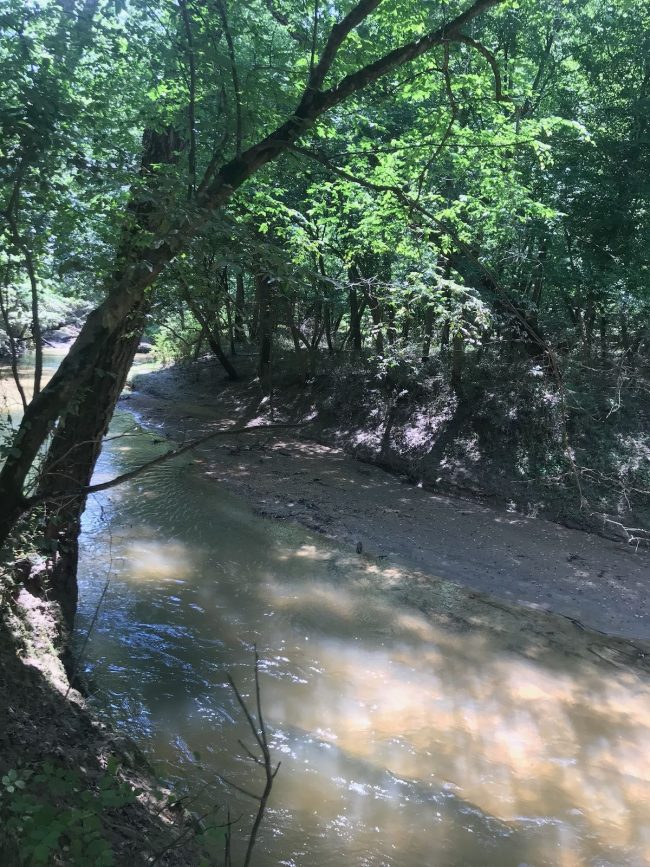
Since Sunday, I’ve been visiting my hometown to help my parents with a few projects.
Yesterday, I had a four hour break in the day and decided to, of course, benefit from the beautiful weather and activate another new-to-me site. (Can you tell I’m addicted to POTA?)
I picked the Kerr Scott Game Land because it was “only” a 50 minute, rather scenic, drive.
It was quite easy finding a spot to park. Like most game lands, though, you must be prepared to go through off-road conditions. Part of the driveway into the site was incredibly muddy and definitely required at least all-wheel drive.
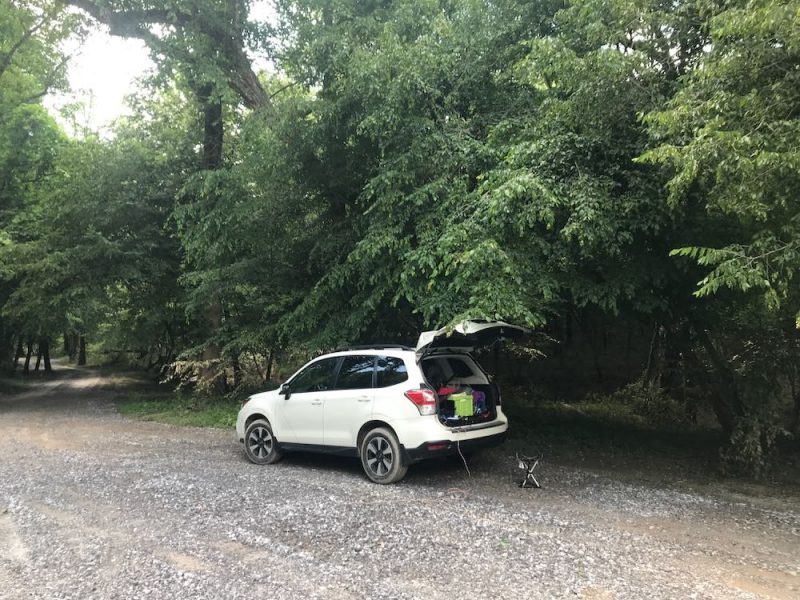
I set up my station in the shade and easily deployed the end-fed antenna once again.
Lesson learned
This activation of Kerr Scott Game Land taught me an invaluable lesson: if you don’t have a “spot” of your activation on the POTA site, it’s like you don’t exist.
The POTA spotting network (much like popular DX spotting networks and clusters) is simply amazing. As a POTA hunter, you open the spots page and you’ll see a list of all of the current operators, their park numbers, and frequencies where last heard.
As an activator, your number one priority when you find an available frequency and start calling CQ is to be spotted on the POTA network.
If I have good mobile phone coverage at my site, I self-spot on the network. Within a few seconds of the spot posting, I’ll typically have a pile-up of a few operators trying to reach me.
If I have cell phone service, but no data, I’ll text my good friend Mike (K8RAT) and ask him to spot me on the network.
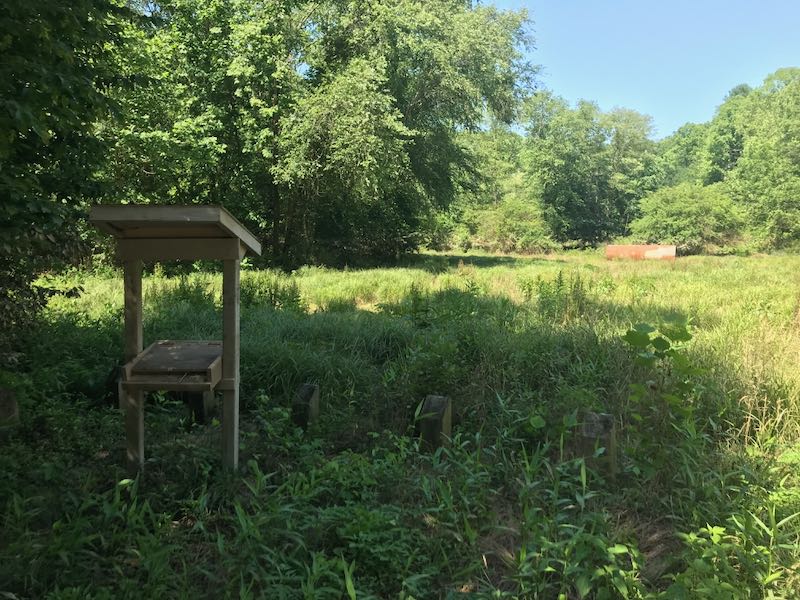
Kerr Scott, like most game lands, however, had no mobile phone service whatsoever, so I had no way to self-spot. In fact, this particular site was a good 15 minute drive from the nearest cell phone signal.
I called CQ for 30 to 40 minutes on my announced frequency, at the announced time, but not one single op come back to me.
Since I had just driven 50 minutes to reach this site, there was no way I was going to give up so easily. I had already set up my station in the trunk/boot of my car, so I simply secured it, disconnected the antenna and tied it to a tree branch (so it wouldn’t be in the way), and drove 15 minutes to a spot where I could send a quick message to Mike.
When I got back to the Kerr Scott, I hooked up the antenna, made one call, and had a pile-up of five operators I worked in rapid succession. In fact, I had my required 10 contacts within 8 minutes.
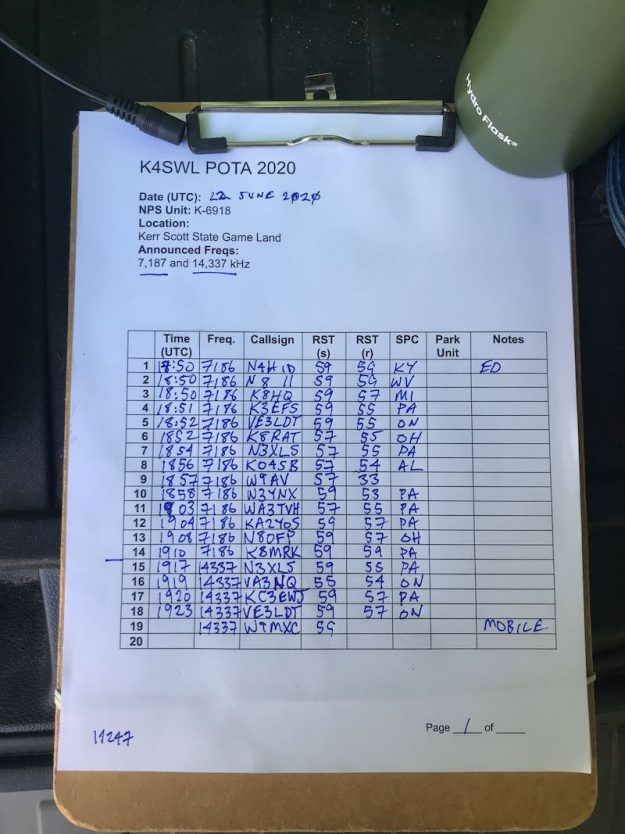 I do wonder how some of the most adventurous POTA activators manage to post spots while in remote areas. It’s such a key component of having a successful activation, I wonder if they use a satellite phone or satellite messaging device to text a friend for help. (If you’re a POTA or SOTA activator, I’d welcome your comments here!)
I do wonder how some of the most adventurous POTA activators manage to post spots while in remote areas. It’s such a key component of having a successful activation, I wonder if they use a satellite phone or satellite messaging device to text a friend for help. (If you’re a POTA or SOTA activator, I’d welcome your comments here!)
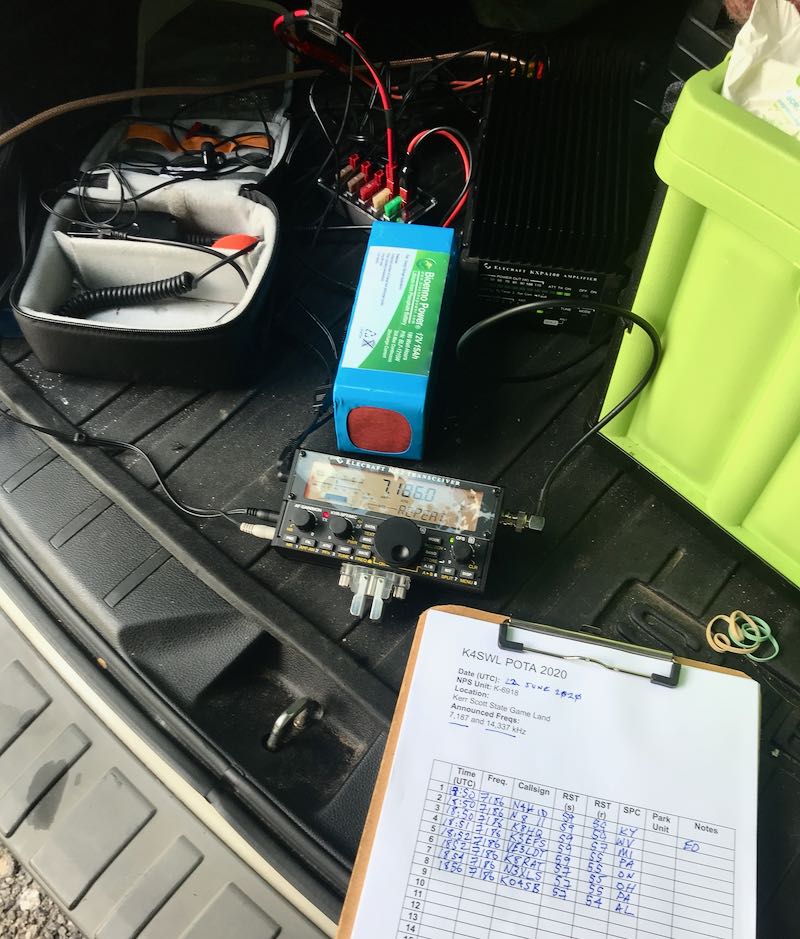
At any rate, I was very pleased to hammer out an activation so effortlessly once I was spotted on the network.
The CW secret weapon
I should add here that CW activators have a secret weapon that’s incredible effective: the Reverse Beacon Network (RBN).
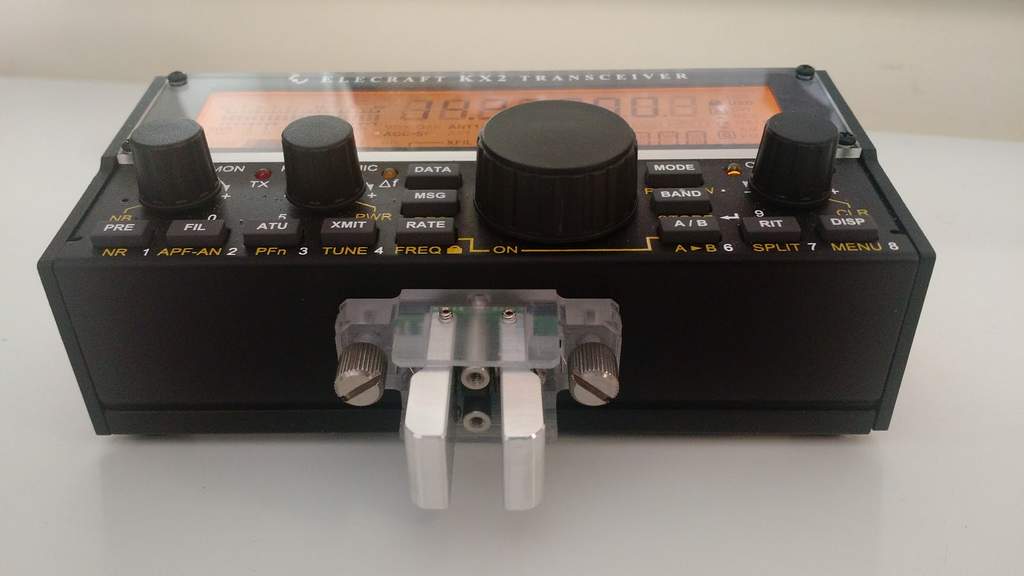
As a CW operator, the POTA spot system will read your callsign from the RBN as long as you have made an announcement on the POTA website in advance or have already been spotted to the POTA website. All you have to do is set up your station at the site and call CQ: the POTA system will auto-generate an accurate spot for you based on the frequency from the RBN. It’s incredibly effective and more than enough reason for me to think I should start doing CW activations.
I can operate CW–in fact, I routinely make CW contacts in POTA and in other contests. However, I’m not quite brave enough to call CQ from a POTA site and work my way through even a modest pile-up.
I need to practice CW more, and I will!
This week, I also take delivery of my Wolf River Coils TIA antenna. I’m looking forward to having the TIA as an option when I need a self-supporting antenna that’s quick to deploy and can handle up to 100 watts when needed.
Post readers: Did you play radio in the field this weekend? I’d love your comments–especially if you simply took a receiver outdoors to enjoy some noise-free broadcast listening!
Do you enjoy the SWLing Post?
Please consider supporting us via Patreon or our Coffee Fund!
Your support makes articles like this one possible. Thank you!

